Summary
Revista Brasileira de Ginecologia e Obstetrícia. 2001;23(2):83-86
DOI 10.1590/S0100-72032001000200004
Purpose: to evaluate the expression of estrogen (ER) and progesterone (PR) receptors in smears of peritoneal fluid sediment from patients with and without endometriosis. Methods: immunocytochemical study of ER and PR in smears of peritoneal fluid sediment in 19 cases with endometriosis and 7 without (control group), observing their expression. The data were submitted to Student's t-test to evaluate statistical significance. Results: in 84.6% of the cases with endometriosis, endometrial-like cells expressed ER (mean = 4.1%). In cases without endometriosis there was ER expression in 42.9%, with a mean of 4.5% (p = 0.1706). PR was expressed in only one case of endometriosis, with an endometrioma rupture history. Conclusions: there was no difference of ER expression between cases with endometriosis and the control group, in contrast to tissue behavior. Further cases must be studied for a better evaluation of this enigmatic mechanism of hormonal receptors in exfoliated cells.
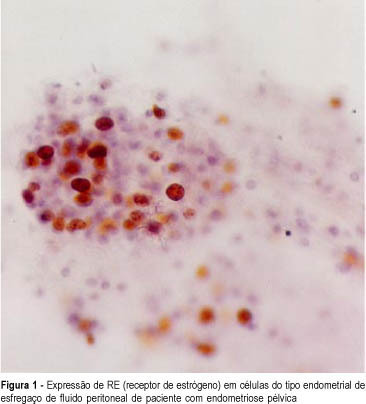
Summary
Revista Brasileira de Ginecologia e Obstetrícia. 2022;44(9):830-837
To use the Robson Ten Group Classification (RTGC) to analyze cesarean section (CS) rates in a Honduran maternity hospital, with focus in groups that consider induction of labor.
Cross-sectional study. Women admitted for childbirth (August 2017 to October 2018) were classified according to the RTGC. The CS rate for each group and the contribution to the overall CS rate was calculated, with further analyses of the induction of labor among term primiparous (group 2a), term multiparous (group 4a), and cases with one previous CS (group 5.1).
A total of 4,356 women were considered, with an overall CS rate of 26.1%. Group 3 was the largest group, with 38.6% (1,682/4,356) of the cases, followed by Group 1, with 30.8% (1,342/4,356), and Group 5, with 10.3% (450/4,356). Considering the contribution to overall CS rates per group, Group 5 contributed with 30.4% (345/1,136) of the CSs and within this group, 286/345 (82.9%) had 1 previous CS, with a CS rate > 70%. Groups 1 and 3, with 26.6% (291/1,136) and 13.5% (153/1,136), respectively, were the second and third larger contributors to the CS rate. Groups 2a and 4a had high induction success, with low CS rates (18.4 and 16.9%, respectively).
The RTGC is a useful tool to assess CS rates in different healthcare facilities. Groups 5, 1, and 3 were the main contributors to the CS rate, and groups 2 and 4 showed the impact and importance of induction of labor. These findings may support future interventions to reduce unnecessary CS, especially among primiparous and in women with previous CS.
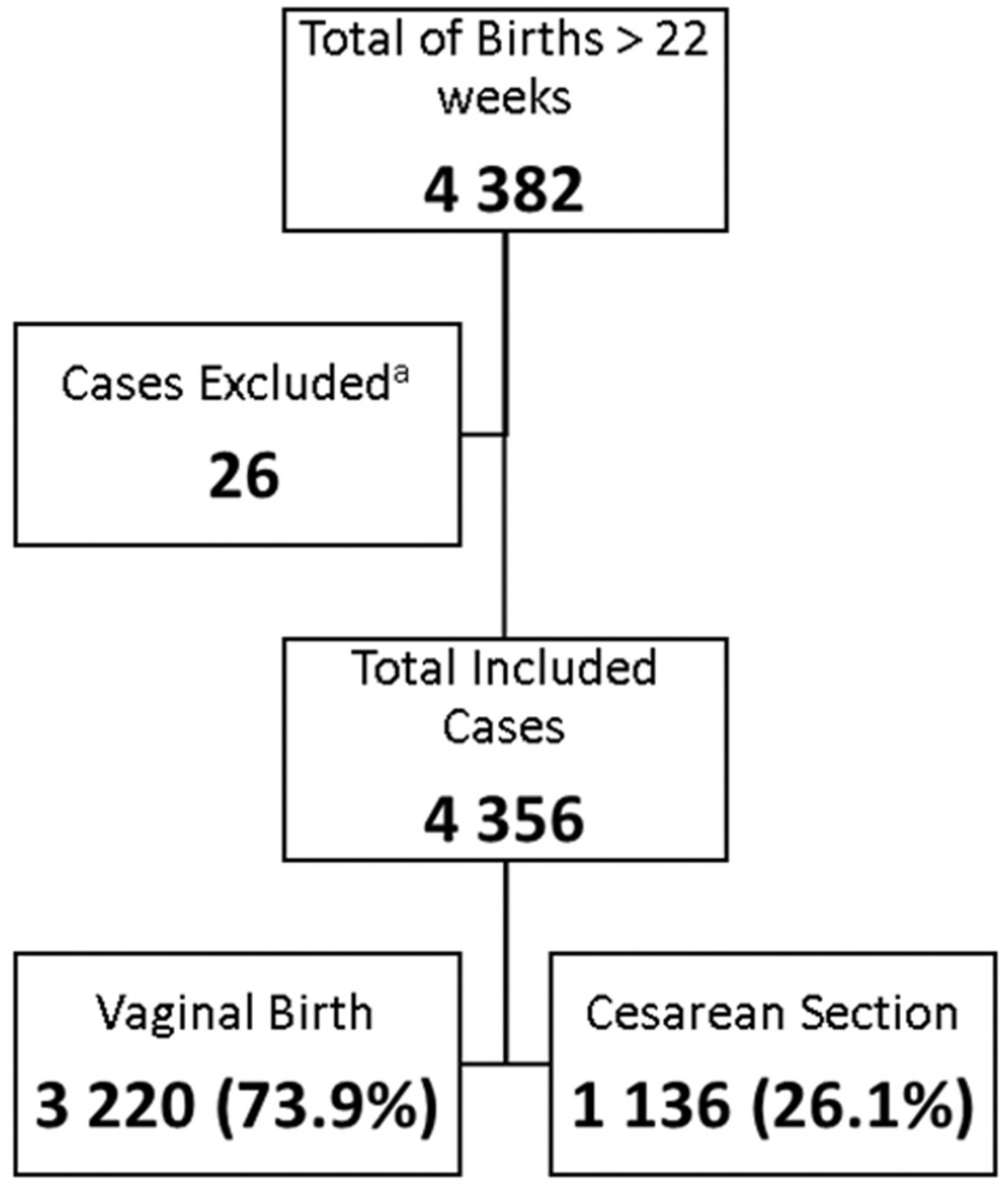
Summary
Revista Brasileira de Ginecologia e Obstetrícia. 2021;43(11):834-839
It has been suggested that excess body weight could represent a risk factor for infertility outcomes. The present study aimed to evaluate the association of overweight and anovulation among infertile women with regular menstrual cycles.
We conducted a retrospective case-control study with consistently anovulatory patients undergoing assisted reproduction treatment. The patients were stratified into normal weight (body mass index [BMI]: 18.5-24.9kg/m2) and overweight (BMI: 25.0- 29.9kg/m2).Those with polycystic ovary syndrome or obesity were excluded. The groups were matched for age, duration of infertility, prolactin, follicle stimulating hormone (FSH), thydroid stimulating hormone (TSH), luteinizing hormone (LH), and estradiol levels.
Overweight was significantly associated with anovulation, when using the World Health Organization (WHO) criteria for anovulation: progesterone levels>5.65 ng/ml and ultrasonography evidence of follicle collapse (odds ratio [OR]: 2.69; 95% confidence interval [CI95%]: 1.04-6.98).
Body mass index above the normal range jeopardizes ovulation among non-obese infertile women with regular menstrual cycles.
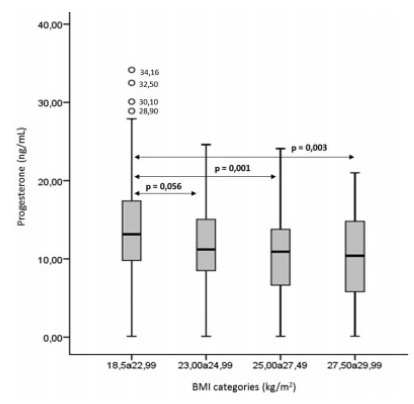
Summary
Revista Brasileira de Ginecologia e Obstetrícia. 2020;42(12):834-840
Thrombocytopenia, defined as platelet count < 150,000mm3, is frequently diagnosed by obstetricians since this parameter is included in routine surveillance during pregnancy, with an incidence of between 7 and 12%. Therefore, decisions regarding subsequent examination and management are primordial. While most of the cases are due to physiological changes, as gestational thrombocytopenia, other causes can be related to severe conditions that can lead to fetal or maternal death. Differentiating these conditions might be challenging: they can be pregnancy-specific (pre-eclampsia/ HELLP syndrome [hemolysis, elevated liver enzymes, low platelets]), or not (immune thrombocytopenia purpura, thrombotic thrombocytopenic purpura or hemolytic uremic syndrome). Understanding the mechanisms and recognition of symptoms and signs is essential to decide an adequate line of investigation. The severity of thrombocytopenia, its etiology and gestational age dictates different treatment regimens.
Summary
Revista Brasileira de Ginecologia e Obstetrícia. 2022;44(9):838-844
The immediate referral of patients with risk factors for placenta accreta spectrum (PAS) to specialized centers is recommended, thus favoring an early diagnosis and an interdisciplinary management. However, diagnostic errors are frequent, even in referral centers (RCs). We sought to evaluate the performance of the prenatal diagnosis for PAS in a Latin American hospital.
A retrospective descriptive study including patients referred due to the suspicion of PAS was conducted. Data from the prenatal imaging studies were compared with the final diagnoses (intraoperative and/or histological).
A total of 162 patients were included in the present study. The median gestational age at the time of the first PAS suspicious ultrasound was 29 weeks, but patients arrived at the PAS RC at 34 weeks. The frequency of false-positive results at referring hospitals was 68.5%. Sixty-nine patients underwent surgery based on the suspicion of PAS at 35 weeks, and there was a 28.9% false-positive rate at the RC. In 93 patients, the diagnosis of PAS was ruled out at the RC, with a 2.1% false-negative frequency.
The prenatal diagnosis of PAS is better at the RC. However, even in these centers, false-positive results are common; therefore, the intraoperative confirmation of the diagnosis of PAS is essential.
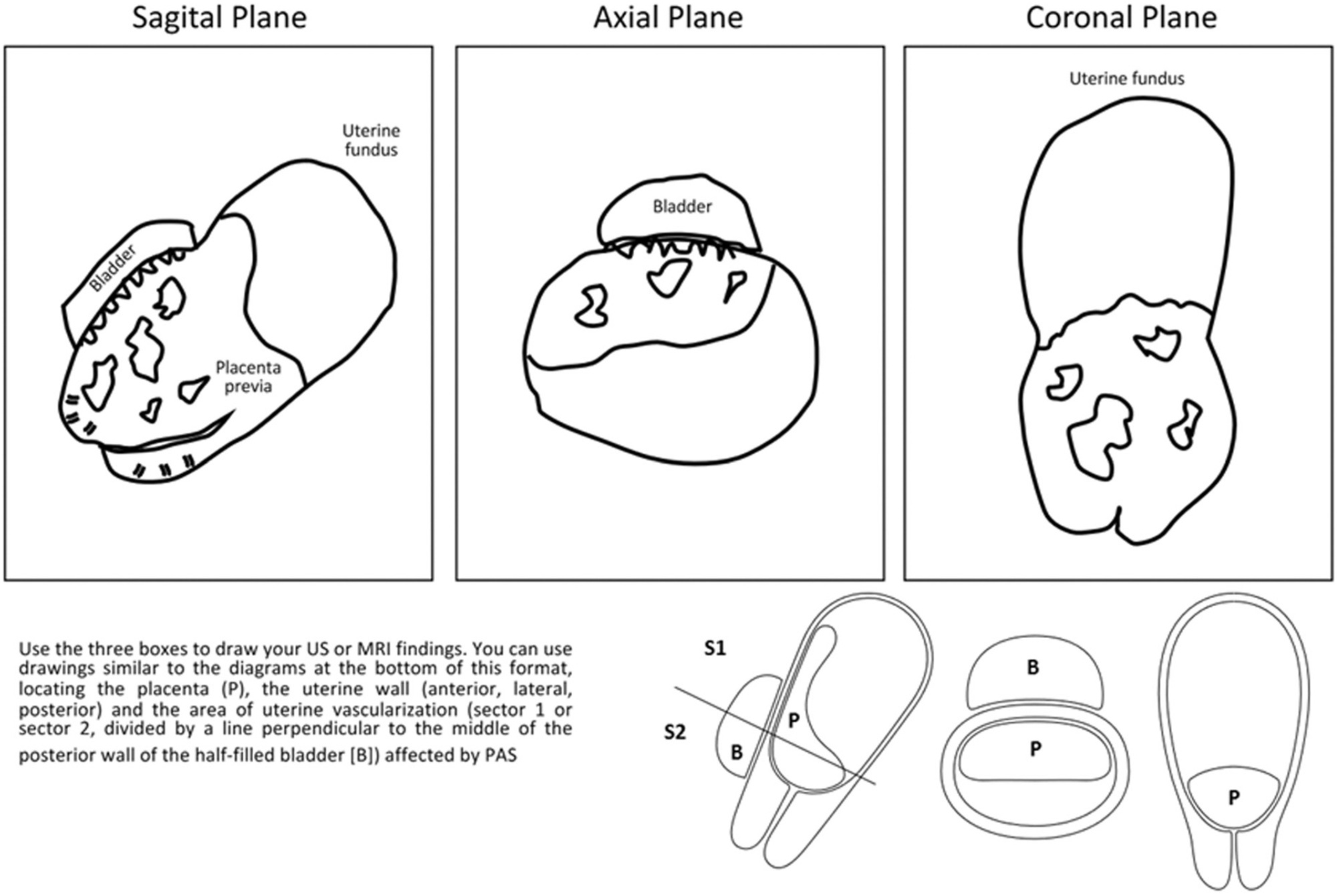
Summary
Revista Brasileira de Ginecologia e Obstetrícia. 2014;36(2):84-89
DOI 10.1590/S0100-72032014000200007
To identify and relate body fat percentage (skin fold measures), body mass index
(BMI) and age at menarcheto aerobic capacity using the indirect VO2
maximum value (VO2 max) of girls in the second cycle of primary school.
A total of 197 girls aged 13.0±1.2 years on average, students from two public
schools in the city of Atibaia in São Paulo, were evaluated. Anthropometric
evaluation of skin folds was performed using the Slaughter protocol for teenage
girls, and BMI (kg/m2) was based on "Z score" (graphic of percentile)
according to WHO recommendations. The Léger protocol was used to determine
VO2 max. Pearson linear regression and the Student t-test were used
for statistical analysis.
22.3% of the girls were overweight and 3.5% were obese according to the
classification proposed by the WHO; 140 (71.1%) girls reported menarche. The
average age at menarche was 12.0±1.0 years and was significantly higher in the
group with normal BMI (12.2±0.9 years) than in the overweight or obese groups
(11.6±1.0 years). The average indirect VO2 max value was 39.6±3.7
mL/kg/min, ranging from 30.3 to 50.5 mL/kg/min. The advance of chronological age
and early age at menarche were positively correlated with lower VO2 max
values.
This study showed that 25.8% of the girls had aBMI value above WHO
recommendations. Girls with higher BMI and higher body fat percentage had lower
VO2 max. The earlier age at menarche and the advance of
chronological age were the most important factors for the reduction of aerobic
capacity. The ageat menarche was higher in girls with adequate BMI compared
tooverweight or obese girls.
Summary
Revista Brasileira de Ginecologia e Obstetrícia. 2021;43(2):84-90
To analyze and compare the frequency of cesarean sections and vaginal deliveries through the Robson Classification in pregnant women attended at a tertiary hospital in two different periods.
Cross-sectional, retrospective study of birth records, comprising 4,010 women, conducted from January 2014 to December 2015 in the only public regional referral hospital for the care of high- risk pregnancies, located in Southern Brazil.
The overall cesarean section rate reached 57.5% and the main indication was the existence of a previous uterine cesarean scar. Based on the Robson Classification, groups 5 (26.3%) and 10 (17.4%) were the most frequent ones. In 2015, there was a significant increase in the frequency of groups 1 and 3 (p < 0.001), when compared with the previous year, resulting in an increase in the number of vaginal deliveries (p < 0.0001) and a reduction in cesarean section rates.
The Robson Classification proved to be a useful tool to identify the profile of parturients and the groups with the highest risk of cesarean sections in different periods in the same service. Thus, it allowsmonitoring in a dynamic way the indications and delivery routes and developing actions to reduce cesarean rates according to the characteristics of the pregnant women attended.
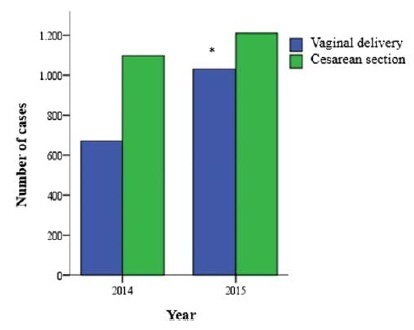
Summary
Revista Brasileira de Ginecologia e Obstetrícia. 2013;35(2):84-89
DOI 10.1590/S0100-72032013000200008
PURPOSES: To determine the prevalence of irritable bowel syndrome (IBS) in women with chronic pelvic pain (CPP) and its associated features; to determine whether IBS and CPP constitute the same syndrome. METHODS: Cross-sectional population survey with systematic sequential sampling according to census districts in which 1470 women were interviewed with respect to the sample calculation. The participants resided in their own homes, were at least 14 years of age, experienced menarche and presented CPP according to the American College of Obstetrics and Gynaecology. The dependent variable was IBS based on Rome III criteria in women with CPP, and the following independent variables were possibly associated with IBS: age, schooling, duration of pain, sedentary lifestyle, migraine, depression, insomnia, back pain, dysmenorrhea, dyspareunia, depression, history of violence, and intestinal symptoms. The sample was subdivided into groups with and without IBS. After the descriptive analysis of the variables was performed, the respective frequencies were evaluated using GraphPad Prism 5 software. To evaluate the association between the dependent variable and the independent variables, the χ² test was used with a significance level of 5%. RESULTS: The prevalence of IBS in women with CPP was 19,5%. Pain duration (p=0.03), back pain (p=0.002), history of physical or sexual abuse (p=0.002), and intestinal complaints were more prevalent in the group with IBS and CPP. There was no difference between the groups regarding other criteria. CONCLUSION: The data confirmed the literature, identified several aspects that were shared between the pathologies and supported the hypothesis that both pathologies can constitute the same syndrome.